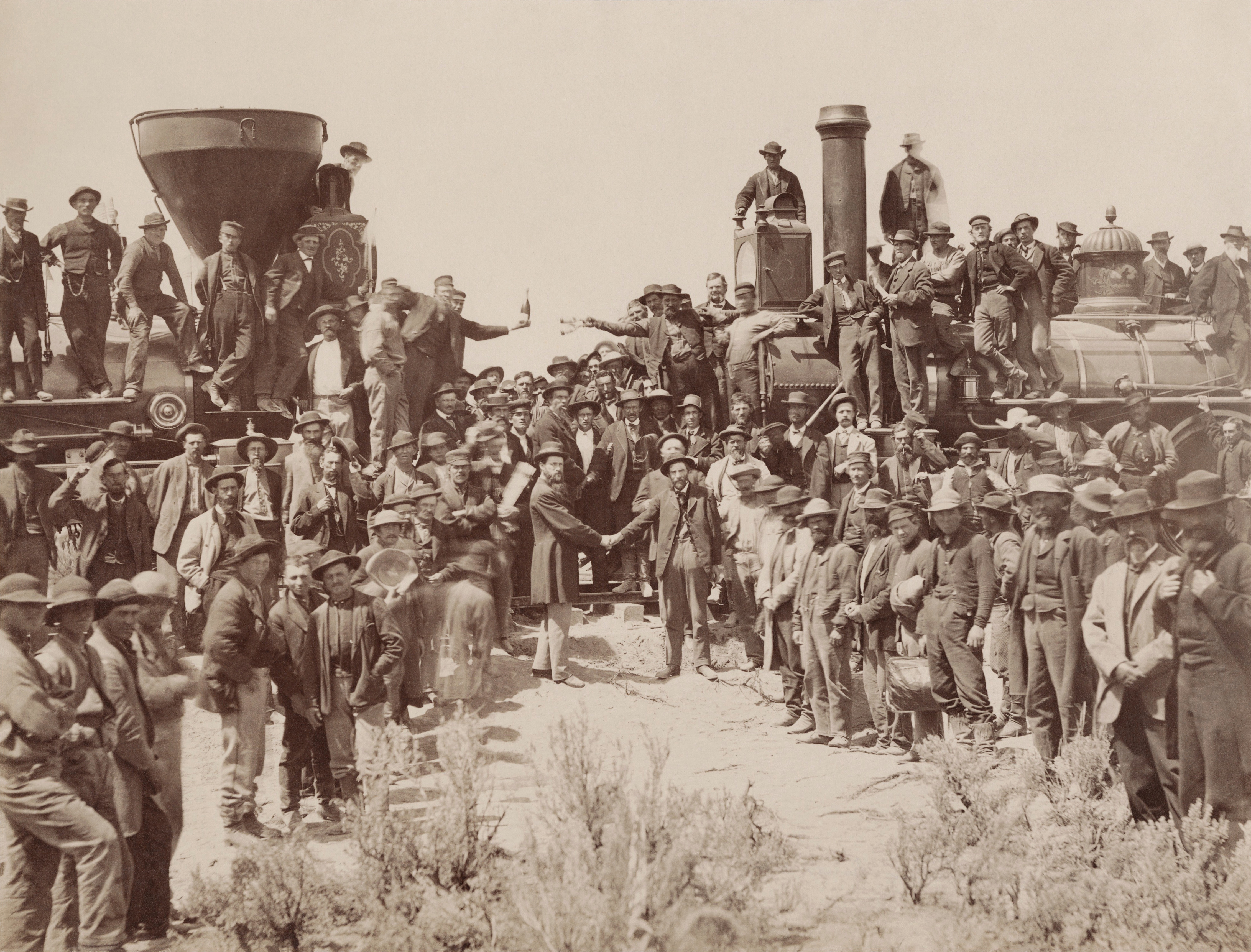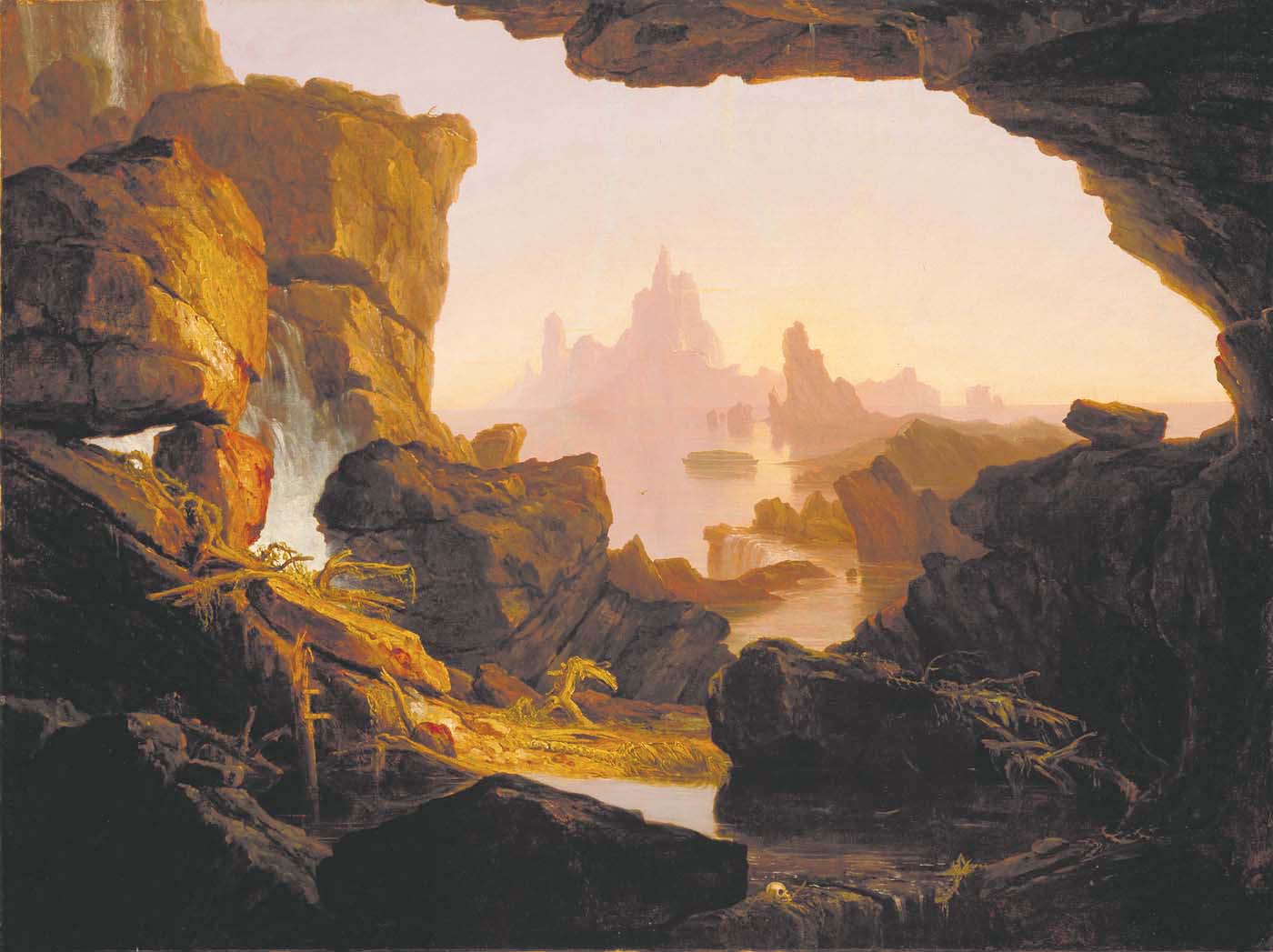|
Alexander Makowsky
Alexander Makowsky (17 December 1833 in Svitavy – 30 November 1908 in Brno) was an Austrian botanist, geologist and paleontologist. He studied at the University of Technology in Brno, and afterwards, worked as a schoolteacher in Olomouc (1858–64) and Brno (1864–68). From 1873 to 1905 he was a professor of geology and mineralogy at the technical university in Brno. He devoted the early part of his career to botanical studies, but his interests later switched to the areas of geology, paleontology and prehistory. Included in his research were studies of Pleistocene era humans and animals of Moravia. With Anton Rzehak, he produced a geological map of the environs of Brno, titled ''Geologische Karte der Umgebung von Brünn'' (1883).Most widely held works by Alexander Makowsky WorldCat Identities The ... [...More Info...] [...Related Items...] OR: [Wikipedia] [Google] [Baidu] |
Svitavy
Svitavy (; german: Zwittau) is a town in the Pardubice Region of the Czech Republic. It has about 16,000 inhabitants. It is the birthplace of Oskar Schindler and the centre of the Czech Esperanto movement. The historic town centre is well preserved and is protected by law as an urban monument zone. Administrative parts Svitavy is made up of town parts of Lačnov, Lány, Město and Předměstí. Etymology Svitavy was named after the river Svitava. The river's name referred to its clear water and was derived from ''svítat'', which meant "be clear" in Old Czech. Geography Svitavy is located about southeast of Pardubice and north of Brno. It lies in the Svitavy Uplands. The Svitava River springs in the municipal territory and flows through the town. Except for a few small bodies of water, there are two significant fish ponds on the Svitava near the town, Svitavský and Rosnička. They are the remains of the original eleven water works around the town. Rosnička was founde ... [...More Info...] [...Related Items...] OR: [Wikipedia] [Google] [Baidu] |
1869
Events January–March * January 3 – Abdur Rahman Khan is defeated at Tinah Khan, and exiled from Afghanistan. * January 5 – Scotland's oldest professional football team, Kilmarnock F.C., is founded. * January 20 – Elizabeth Cady Stanton is the first woman to testify before the United States Congress. * January 21 – The P.E.O. Sisterhood, a philanthropic educational organization for women, is founded at Iowa Wesleyan College in Mount Pleasant, Iowa. * January 27 – The Republic of Ezo is proclaimed on the northern Japanese island of Ezo (which will be renamed Hokkaidō on September 20) by remaining adherents to the Tokugawa shogunate. * February 5 – Prospectors in Moliagul, Victoria, Australia, discover the largest alluvial gold nugget ever found, known as the "Welcome Stranger". * February 20 – Ranavalona II, the Merina Queen of Madagascar, is baptized. * February 25 – The Iron and Steel Institute is formed in Lond ... [...More Info...] [...Related Items...] OR: [Wikipedia] [Google] [Baidu] |
1833 Births
Events January–March * January 3 – Reassertion of British sovereignty over the Falkland Islands in the South Atlantic. * February 6 – His Royal Highness Prince Otto Friedrich Ludwig of Bavaria assumes the title His Majesty Othon the First, by the Grace of God, King of Greece, Prince of Bavaria. * February 16 – The United States Supreme Court hands down its landmark decision of Barron v. Mayor and City Council of Baltimore. * March 4 – Andrew Jackson is sworn in for his second term as President of the United States. April–June * April 1 – General Antonio López de Santa Anna is elected President of Mexico by the legislatures of 16 of the 18 Mexican states. During his frequent absences from office to fight on the battlefield, Santa Anna turns the duties of government over to his vice president, Valentín Gómez Farías. * April 18 – Over 300 delegates from England, Scotland, Wales and Ireland travel to the office of the Prime Minister, the Earl Grey, t ... [...More Info...] [...Related Items...] OR: [Wikipedia] [Google] [Baidu] |
1899
Events January 1899 * January 1 ** Spanish rule ends in Cuba, concluding 400 years of the Spanish Empire in the Americas. ** Queens and Staten Island become administratively part of New York City. * January 2 – **Bolivia sets up a customs office in Puerto Alonso, leading to the Brazilian settlers there to declare the Republic of Acre in a revolt against Bolivian authorities. **The first part of the Jakarta Kota–Anyer Kidul railway on the island of Java is opened between Batavia Zuid ( Jakarta Kota) and Tangerang. * January 3 – Hungarian Prime Minister Dezső Bánffy fights an inconclusive duel with his bitter enemy in parliament, Horánszky Nándor. * January 4 – **U.S. President William McKinley's declaration of December 21, 1898, proclaiming a policy of benevolent assimilation of the Philippines as a United States territory, is announced in Manila by the U.S. commander, General Elwell Otis, and angers independence activists who had fought again ... [...More Info...] [...Related Items...] OR: [Wikipedia] [Google] [Baidu] |
Palaeolithic
The Paleolithic or Palaeolithic (), also called the Old Stone Age (from Greek: παλαιός '' palaios'', "old" and λίθος ''lithos'', "stone"), is a period in human prehistory that is distinguished by the original development of stone tools, and which represents almost the entire period of human prehistoric technology. It extends from the earliest known use of stone tools by hominins, 3.3 million years ago, to the end of the Pleistocene, 11,650 cal BP. The Paleolithic Age in Europe preceded the Mesolithic Age, although the date of the transition varies geographically by several thousand years. During the Paleolithic Age, hominins grouped together in small societies such as bands and subsisted by gathering plants, fishing, and hunting or scavenging wild animals. The Paleolithic Age is characterized by the use of knapped stone tools, although at the time humans also used wood and bone tools. Other organic commodities were adapted for use as tools, incl ... [...More Info...] [...Related Items...] OR: [Wikipedia] [Google] [Baidu] |
Diluvial Geology
Flood geology (also creation geology or diluvial geology) is a pseudoscientific attempt to interpret and reconcile geological features of the Earth in accordance with a literal belief in the global flood described in Genesis 6–8. In the early 19th century, diluvial geologists hypothesized that specific surface features provided evidence of a worldwide flood which had followed earlier geological eras; after further investigation they agreed that these features resulted from local floods or from glaciers. In the 20th century, young-Earth creationists revived flood geology as an overarching concept in their opposition to evolution, assuming a recent six-day Creation and cataclysmic geological changes during the biblical flood, and incorporating creationist explanations of the sequences of rock strata. In the early stages of development of the science of geology, fossils were interpreted as evidence of past flooding. The "theories of the Earth" of the 17th century proposed mec ... [...More Info...] [...Related Items...] OR: [Wikipedia] [Google] [Baidu] |
Rhinoceros
A rhinoceros (; ; ), commonly abbreviated to rhino, is a member of any of the five extant taxon, extant species (or numerous extinct species) of odd-toed ungulates in the family (biology), family Rhinocerotidae. (It can also refer to a member of any of the extinct species of the superfamily Rhinocerotoidea.) Two of the extant species are native to Africa, and three to South Asia, South and Southeast Asia. Rhinoceroses are some of the largest remaining megafauna: all weigh at least one tonne in adulthood. They have a herbivore, herbivorous diet, small brains (400–600 g) for mammals of their size, one or two horns, and a thick (1.5–5 cm), protective skin formed from layers of collagen positioned in a crystal structure, lattice structure. They generally eat leafy material, although their ability to ferment food in their colon (anatomy), hindgut allows them to subsist on more fibrous plant matter when necessary. Unlike other perissodactyls, the two African species of ... [...More Info...] [...Related Items...] OR: [Wikipedia] [Google] [Baidu] |
1890
Events January–March * January 1 ** The Kingdom of Italy establishes Eritrea as its colony, in the Horn of Africa. ** In Michigan, the wooden steamer ''Mackinaw'' burns in a fire on the Black River. * January 2 ** The steamship ''Persia'' is wrecked off Corsica; 130 lives are lost. ** Alice Sanger becomes the first female staffer in the White House. * January 11 – 1890 British Ultimatum: The United Kingdom demands Portugal withdraw its forces from the land between the Portuguese colonies of Mozambique and Angola (most of present-day Zimbabwe and Zambia). * January 15 – '' The Sleeping Beauty'', with music by Tchaikovsky, is premiered at the Imperial Mariinsky Theatre in St. Petersburg, Russia. * January 25 ** The United Mine Workers of America is founded. ** Nellie Bly completes her round-the-world journey in 72 days. * February 5 – A worldwide insurance and financial service brand, Allianz was founded in Berlin, Germany. * February 9 – The ... [...More Info...] [...Related Items...] OR: [Wikipedia] [Google] [Baidu] |
Loess
Loess (, ; from german: Löss ) is a clastic, predominantly silt-sized sediment that is formed by the accumulation of wind-blown dust. Ten percent of Earth's land area is covered by loess or similar deposits. Loess is a periglacial or aeolian (windborne) sediment, defined as an accumulation of 20% or less of clay and a balance of roughly equal parts sand and silt (with a typical grain size from 20 to 50 micrometers), often loosely cemented by calcium carbonate. It is usually homogeneous and highly porous and is traversed by vertical capillaries that permit the sediment to fracture and form vertical bluffs. Properties Loess is homogeneous, porous, friable, pale yellow or buff, slightly coherent, typically non-stratified and often calcareous. Loess grains are angular, with little polishing or rounding, and composed of crystals of quartz, feldspar, mica and other minerals. Loess can be described as a rich, dust-like soil. Loess deposits may become very thick, mo ... [...More Info...] [...Related Items...] OR: [Wikipedia] [Google] [Baidu] |
1885
Events January–March * January 3– 4 – Sino-French War – Battle of Núi Bop: French troops under General Oscar de Négrier defeat a numerically superior Qing Chinese force, in northern Vietnam. * January 4 – The first successful appendectomy is performed by Dr. William W. Grant, on Mary Gartside. * January 17 – Mahdist War in Sudan – Battle of Abu Klea: British troops defeat Mahdist forces. * January 20 – American inventor LaMarcus Adna Thompson patents a roller coaster. * January 24 – Irish rebels damage Westminster Hall and the Tower of London with dynamite. * January 26 – Mahdist War in Sudan: Troops loyal to Mahdi Muhammad Ahmad conquer Khartoum; British commander Charles George Gordon is killed. * February 5 – King Leopold II of Belgium establishes the Congo Free State, as a personal possession. * February 9 – The first Japanese arrive in Hawaii. * February 16 – Charles Dow publish ... [...More Info...] [...Related Items...] OR: [Wikipedia] [Google] [Baidu] |
1883
Events January–March * January 4 – ''Life'' magazine is founded in Los Angeles, California, United States. * January 10 – A fire at the Newhall Hotel in Milwaukee, Wisconsin, United States, kills 73 people. * January 16 – The Pendleton Civil Service Reform Act, establishing the United States civil service, is passed. * January 19 – The first electric lighting system employing overhead wires begins service in Roselle, New Jersey, United States, installed by Thomas Edison. * February – ''The Adventures of Pinocchio'' by Carlo Collodi is first published complete in book form, in Italy. * February 15 – Tokyo Electrical Lightning Grid, predecessor of Tokyo Electrical Power (TEPCO), one of the largest electrical grids in Asia and the world, is founded in Japan. * February 16 – The ''Ladies' Home Journal'' is published for the first time, in the United States. * February 23 – Alabama becomes the first U.S. state to enac ... [...More Info...] [...Related Items...] OR: [Wikipedia] [Google] [Baidu] |
Meteorite Fall
A meteorite fall, also called an observed fall, is a meteorite collected after its fall from outer space was observed by people or automated devices. Any other meteorite is called a " find". There are more than 1,100 documented falls listed in widely used databases, most of which have specimens in modern collections. , the Meteoritical Bulletin Database had 1211 confirmed falls. Importance Observed meteorite falls are important for several reasons. Material from observed falls has not been subjected to terrestrial weathering, making the find a better candidate for scientific study. Historically, observed falls were the most compelling evidence supporting the extraterrestrial origin of meteorites. Furthermore, observed fall discoveries are a better representative sample of the types of meteorites which fall to Earth. For example, iron meteorites take much longer to weather and are easier to identify as unusual objects, as compared to other types. This may explain the increa ... [...More Info...] [...Related Items...] OR: [Wikipedia] [Google] [Baidu] |











